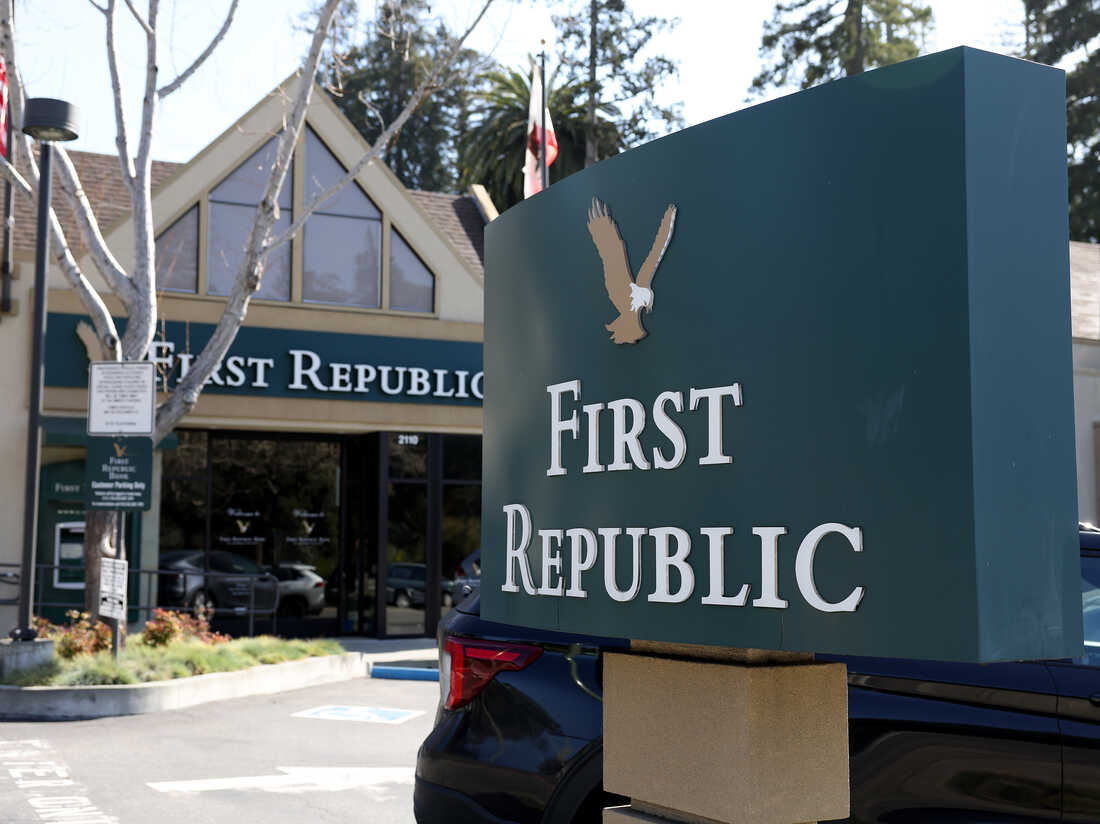
Wall Street finished substantially higher on Tuesday as widespread concerns over liquidity in the banking sector subsided. Market players focused on the Federal Reserve, which is likely to end its 2 policy meetings on March 22 with a 25 basis-point raise in its policy rate.
When the day ended, all three main U.S. stock indexes were in the green, with Consumer Discretionary (SPLRCD), Energy (SPNY), and Financials (SPSY) posting the largest gains.
Two regional banks went bankrupt this week, followed by the rescue of First Republic Bank and the purchase of Credit Suisse. This caused panic in the banking stock market and fueled fears of a financial sector contagion, making the world more worried about the likelihood of a recession.
Nevertheless, banking stocks (.SPXBK) recovered on Tuesday, building on Monday’s reverse. Yet, despite its recent comeback, the S&P Banks index has lost more than 18% of its value this month alone.
KRX and SPXBK
The KBW Regional Banking index (.KRX) and SPXBK rose 4.8% and 3.6%, respectively, marking their greatest one-day percentage gains since late last year.
“The stock market realizes that the financial crisis wasn’t that bad after all and that it was limited to a few institutions,” said Oliver Pursche, senior vice president at Wealthspire Advisers in New York. “Both the public and private sectors have shown their ability to backstop and shore up failing institutions.”
In prepared comments to the American Bankers Association, Treasury Secretary Janet Yellen stated that the U.S. banking sector has stabilized due to decisive regulatory efforts but that further action may be necessary.
The focus now shifts to the Federal Reserve, which has convened for its two-day monetary policy meeting, during which members of the Federal Open Markets Committee (FOMC) will review their economic projections and, most likely, implement another increase to the federal fund’s target rate in their ongoing battle against inflation.
Federal Reserve System

“The Fed will hike rates by 25 basis points, and the market will not care,” Porsche continued. “It will all come down to (Chairman Jerome) Powell’s comments on the economy and inflation, and if he can do a good enough job persuading the public that the financial noise” is due to poor management by a few institutions.
According to CME’s FedWatch tool, financial markets have now priced in an 83.4% chance of a 25 basis-point rate rise and a 16.6% chance of the central bank leaving its policy rate constant.
Early in the morning, economic data revealed a 14.5% increase in existing house sales, above forecasts and breaking a 12-month losing trend.
The Dow Jones Industrial Average (.DJI) increased by 316.02 points, or 0.98%, to 32,560.6, and the S&P 500 (.SPX) increased by 51.3 points, or 1.30%, to 4,002.87. The Nasdaq Composite (.IXIC) increased by 184.57 points, or 1.58%, to 11,860.11.
Eight of the S&P 500’s 11 main sectors closed the day in positive territory, with energy stocks registering the most percentage gains due to higher oil prices.
First Republic Bank

According to the Wall Street Journal, First Republic Bank (FRC.N) shares increased by 29.5%, the company’s largest one-day percentage increase, as JPMorgan CEO Jamie Dimon leads negotiations with other large banks about investing in the lender.
PacWest Bank (PACW.O) and Western Alliance Bancorp (WAL.N) increased their stakes by 18.8% and 15.0%, respectively.
According to vehicle registration statistics, Tesla Inc (TSLA.O) gained 7.8% as the electric carmaker seemed to be on course to produce one of its strongest quarters in China.
On the NYSE, advancers outweighed decliners by a 3.22-to-1 ratio; on the Nasdaq, advancers outpaced decliners by 2.73-to-1.
The S&P 500 set five new 52-week highs and two new lows, while the Nasdaq Composite set 48 new highs and 114 new lows.
Volume on U.S. exchanges was 11.75 billion shares, compared to a 20-day average of 12.63 billion.









